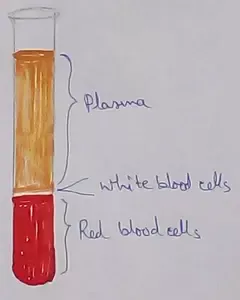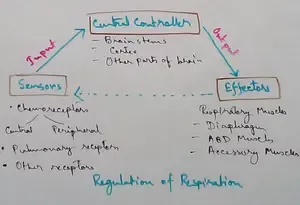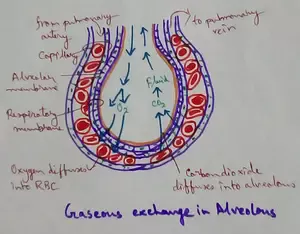Decimal Numbers
This topic will deal with decimal numbers. We define decimal numbers as two parts one is whole number part and the other is fractional part. Both are separated by decimal point. For example 45.325 is a decimal number where 45 is the whole number and 325 is the fractional part. This dot in between 45 and 325 is decimal point. The numbers to the right of the decimal point is whole number part and is greater than the number on the left side of the decimal point that is fractional part.
So, as we move from left to right the value of the numbers go on decreasing or in other words its value decreases. As, in the example 45.325, here the value of 45 is more than the 325 which is after the decimal point. Again we can say the value of 4 is more than 5. As 4 represents 40 and 5 in the ones place represent .Likewise 3 after decimal point represents \(\frac{3}{10}\), 2 represents \(\frac{2}{100}\), and 5 represents \(\frac{5}{1000}\). So, we can understand that each of the digits after the decimal point are divided by 10, 100, 1000, 10000, and so on. Moreover the digits after the decimal points are therefore tenths, hundredths thousandths as they are divided by 10, 100, 1000, 10000, and so on.
There is a fact that in decimal number after the last number we can put as many zero as we wish because there is no value. For example: 7.25100000000 here 7 is the whole number part and 251 is the fractional part. Now the zero’s after the digit 1 in fractional part does not have any value. It will be considered as 7.215. If we put more zero’s then also the value would have remained unchanged as 7.215. Like the value of 7.215 is same as 7.215000 and 7.2150. All the decimal numbers have same value here. This concept is very useful in changing unlike decimals into like decimals. However, if we write 7.2105 here 7 is the whole number part and 2105 is the fractional part and the value of 7.215 and 7.2105 are different as the zero is placed in between the number. as we know that in whole numbers zero has a value. More the number of zero’s at the end in the whole number greater is the value of the number. However, this concept is not applicable in case of decimals.
The main or basic four operations can be carried out on decimal numbers that is addition, subtraction, multiplication and division. In the topic we will also learn other things like conversion of decimal numbers into fraction, fraction to decimal numbers, determining like and unlike decimals, converting like decimals into unlike decimals, non-terminating and terminating decimals and problems on decimal fractions as well.
Decimal numbers finds a great application in practical life as while calculation of many things like amount of money, litres of petrol, cost of goods, cost of per unit of any product be it medicinal or consumer products we find the amount in decimal.
From Decimal Numbers to HOME PAGE
Recent Articles
-
What Is Plasma? | Blood Plasma | Proteins | Nutrients | Cholesterol
Nov 07, 25 10:29 AM
Blood is a mobile fluid which is a connective tissue and is derived from the mesoderm like cell any other connective tissue. Colour of blood is reddish and that flows inside the blood vessels by means… -
Disorders of Respiratory System | Tuberculosis | Pleurisy | Emphysema
Oct 28, 25 11:39 PM
Tuberculosis is very common disease and is caused by a type of bacteria called Mycobacterium tuberculosis. This disease causes different trouble in the respiration and infection of several parts of th… -
Regulation of Respiration | Respiratory Centres | Inspiratory Area |
Oct 14, 25 12:13 AM
Respiratory Centre is the area that controls the rate of respiration and it is observed to be located in medulla oblongata and pons. Respiratory Centre has the following will dispersed components like… -
Explain Transport of Gases | External Respiration | Tissue Respiration
Oct 09, 25 11:35 PM
In humans gaseous exchange is completed in the following ways the steps are - External Respiration or Breathing - Breathing in false taking in of Oxygen and giving out of carbon dioxide in the body. M… -
Kind and Number of Teeth | Location of Teeth in Mouth | Care of Teeth
Sep 11, 25 12:52 AM
Kind and Number of Teeth





New! Comments
Have your say about what you just read! Leave me a comment in the box below.